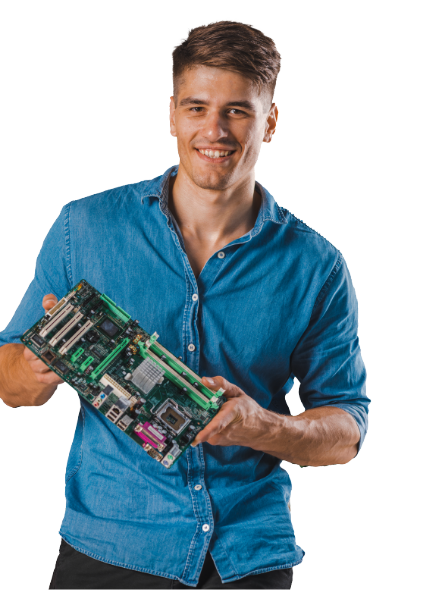The difference between life and death could be faster networks. It’s not that hyperbole. Nor is it a teenager’s statement that refreshes their social media pages desperately, hoping to obtain more “likes” on their posts. Faster connectivity might have revolutionized sectors that we may not even have considered linked. In the past, tech shortages avoided innovation. But now everything is changing … because of 5G. Qwake, a start-up based in San Francisco, has developed C-Thru. C-Thru was originally intended to assist CEO Sam Cossman to navigate his expeditions through volcanic craters filled with smoke. Now, it helps first responders to save lives and keep themselves secure.
C-Thru is an augmented reality headset, according to a new Cnet story. Built-in thermal imaging and a 5G connection will help firefighters see-through black smoke to locate victims more easily. “The way we used to look for people was almost as if you were blind,” said Harold Schapelhouman, fire chief of the Menlo Park Fire Protection District. “Firefighter after firefighter, from older … to some of the newer [and] youngest, all looked through that system and went ‘wow’ … This is it, this is what we’ve been looking for.”
It’s a life-saving application made possible with next-generation wireless technology. The key is that 5 G networks are sublimely fast. When fully deployed, they should be a 100x to 200x improvement over existing 4 G networks. According to Digital Trends, the difference would be like streaming a single 4 K movie and streaming 400 8 K movies, at the same time. And that’s great. Amazing, actually, when you consider what can be done with that speed. But that’s not the only thing 5 G has going for it. The real game-changer is low latency or lag.
The time for human reaction is 200-300 milliseconds. So the current 4 G “ultra-broadband” is a big improvement at 100-200 milliseconds. But 5 G is going to reduce latency to a millisecond. This means that developers of the software can simulate live code interactions. Here’s how 5 G stands for improving real life, in real-time…
- Cars will be able to self-navigate. also, they`ll be able to communicate with traffic lights and other vehicles.
- It could even mean the end of traffic.
- Technicians will able to remotely operate heavy machinery in locations unsafe for humans
- It could bring an end to industrial accidents.
So why don’t we see more of these great innovative products if we have 5 G already? That’s because some technical limitations still exist. But they’re temporary as well. 5 G operates at mixed frequencies using the millimeter-wave technology. Unfortunately, the range of these signals is limited to 300 meters. The weather can also disrupt connectivity and cause havoc, even something as small as leaves blowing in the wind or rain. Signals are often unable to pass through walls. Network providers would need to install multiple new transmitters every 200 meters in every direction to build a 5 G wireless network capable of reaching everywhere. While the possibilities offered by 5 G are exciting, in development it is still a new technology. And many companies are committed, sooner rather than later, to bring it to life.
Accenture, a global consulting firm, estimated that telco companies could spend $275 billion by 2025 to snuff up their networks in 2018. The capacity of 5 G networks, on the other side, is enormous. A 4 G network could serve 1 million phones per 500 square kilometers comfortably. But the same number of devices over 1 square kilometer could be served by a 5 G system. This makes 5 G ideal for dense urban centers, industrial settings, universities and campuses in hospitals. Start-ups like Qwake are banking on that ability… This firm in San Francisco is working to perfect C-Thruwith the Verizon (VZ) First Responder Lab. To work magic, the present model utilizes a small laptop plus heat sensors. Thick smoke and gasses obscured objects become silhouettes that first responders can see. Future variants of the helmet will add location monitoring as well as an AI to assist filter the most vital information through sights and sounds. Then the first responder becomes a human walking sensor.


